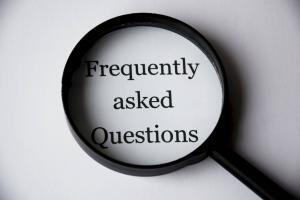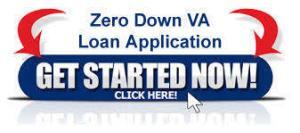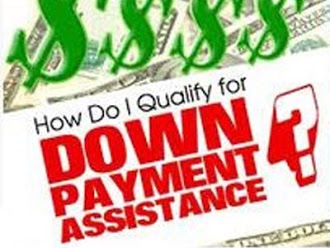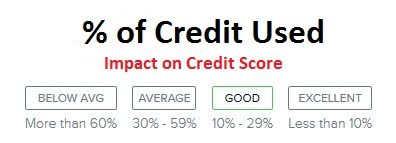Minneapolis, MN: Home mortgage loans are one of the toughest loans you’ll ever apply for. The mortgage industry VERIFIES EVERYTHING. Credit, jobs, income, bank statements, tax returns, first born child, blood samples. OK, maybe not the last two… But we check just about everything else.
I’ve been taking mortgage applications for over 20-years, and it appears many people treat it like a resume… and feel it is OK to pad information, or leave information out in order to improve their chances of getting approved.
False information on a mortgage application is a federal crime.
You may not think a little white lie, or omission is a big deal, but fraud is fraud, even on a mortgage application. Few, if any people actual read what they sign, but the application does contain the following notice:
The information provided in the application is true and correct as of the date set forth opposite my signature and that any intentional or negligent misinformation of the information contained in the application may result in civil liability, including monetary damages, to any person who may suffer any loss due to the reliance upon any misrepresentations that I have made on the application, and/or criminal penalties including, but not limited to, fine or imprisonment or both under the provisions of Title 18, United States Code, Sec 1001, et seg.
Yikes.
Lenders check everything (twice).
 The lending process is paperwork intensive. We ask people to provide a lot of documents. While the vast majority of people are honest, you may be shocked at the number of forged documents we see. Prior to the real estate market crash, it was much easier for deceptive people to fool lenders with phony documents, as many of the items people provided were taken for face value, and no additional verification were done.
The lending process is paperwork intensive. We ask people to provide a lot of documents. While the vast majority of people are honest, you may be shocked at the number of forged documents we see. Prior to the real estate market crash, it was much easier for deceptive people to fool lenders with phony documents, as many of the items people provided were taken for face value, and no additional verification were done.
A common example would be an altered W2 statement, where someone scanned in to the computer, and used PhotoShop or other similar software to change a 3 to an 8, and shows $80,000 a year income instead of $30,000 a year income. That might have worked in 2006, but it doesn’t work today.
The electronic world we live in, and the tools available, simply will not let you get away with any of that anymore. Written verification of income with your employer, verification of W2’s and tax returns with the IRS. Verification of bank statements with your bank, fraud checks, and better credit reporting all work together to make it virtually impossible to commit this type of fraud.
I recently had a client who had a foreclosure that for some odd reason was not showing on the credit report. So they assumed we would never find out, and didn’t mention it. They also ‘lied’ on the application, as there is a question about having foreclosures. We found out, meaning all they did is was waste my time, the real Estate Agents time, the sellers time, processors, underwriters, and even their own money paying for inspections and appraisals on a house they could never buy.
Don’t fool yourself
You may be able to fool your Loan Officer up front, and get a pre-approval. This is because the initial pre-approval process generally does not encompass all the verification and fraud checks. Because these items cost money, lenders don’t usually do these additional checks until a home has been picked out, a purchase agreement signed, and the full file goes into actual underwriting.
 Nothing worse than to have found the perfect home, given notice to your landlord, packed all your belongings, only to find out the misinformation or omission has been discovered, resulting in a loan denial.
Nothing worse than to have found the perfect home, given notice to your landlord, packed all your belongings, only to find out the misinformation or omission has been discovered, resulting in a loan denial.
For Real Estate Agents, this is a common reason why a loan may die late in the process. Because of privacy rules, I generally only say a discrepancy of information has been discovered is the reason for loan denial.
Tell your Loan Officer everything
It may be tempting to fudge the details slightly, or even try straight up fraud. My best advice is to always complete a mortgage loan application with 100% accurate and truthful information, and to always tell your Loan Officer everything. It will be discovered anyway.







 The lending process is paperwork intensive. We ask people to provide a lot of documents. While the vast majority of people are honest, you may be shocked at the number of forged documents we see. Prior to the real estate market crash, it was much easier for deceptive people to fool lenders with phony documents, as many of the items people provided were taken for face value, and no additional verification were done.
The lending process is paperwork intensive. We ask people to provide a lot of documents. While the vast majority of people are honest, you may be shocked at the number of forged documents we see. Prior to the real estate market crash, it was much easier for deceptive people to fool lenders with phony documents, as many of the items people provided were taken for face value, and no additional verification were done. Nothing worse than to have found the perfect home, given notice to your landlord, packed all your belongings, only to find out the misinformation or omission has been discovered, resulting in a loan denial.
Nothing worse than to have found the perfect home, given notice to your landlord, packed all your belongings, only to find out the misinformation or omission has been discovered, resulting in a loan denial.





 The report also looked at other issues effecting homeownership, and found that, just like in the past, coming up with down payment is a challenge for many, and that 13% of home buyers in 2014 got their down payment as a gift from relatives.
The report also looked at other issues effecting homeownership, and found that, just like in the past, coming up with down payment is a challenge for many, and that 13% of home buyers in 2014 got their down payment as a gift from relatives.




